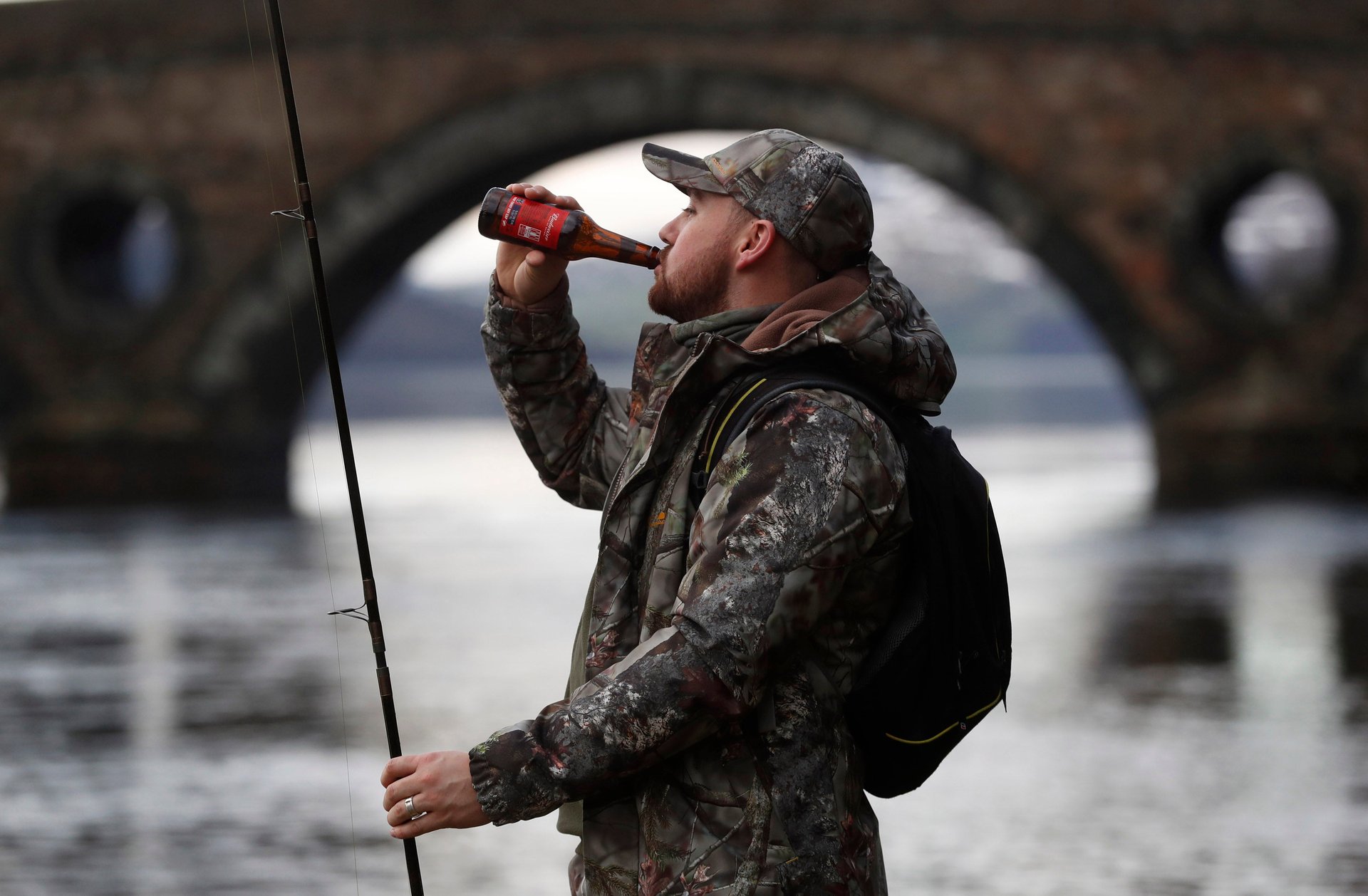How Scotland cut alcohol-related deaths by 13% in less than three years
A study has found that minimum alcohol pricing likely saved 156 lives annually

Scotland’s plan to become one of the first countries to introduce minimum pricing of alcohol met with a “storm of protest” before it finally became law in 2018. The alcohol industry threw up legal challenges, while those on low incomes expressed anger that they were being unfairly penalized.
Suggested Reading
Now, a study of the years before and after the price floor, comparing Scotland with England (which didn’t introduce one), has concluded that minimum pricing probably led to 13.4% fewer deaths directly related to alcohol.
Related Content
To put it another way, an average of 156 more people would have drunk themselves to death in Scotland every year since 2018 if prices hadn’t been forced up by the government.
The effect of price floors on alcohol sales
The Scottish government aimed to reduce problematic and unsafe drinking, and the burden on its free healthcare system, by making it more expensive for everyone to buy alcohol. The minimum price was set at 50 pence (61 cents) per unit of alcohol sold anywhere with a license, and cheap beers and ciders saw the biggest increases. The average cost of a unit rose by 18% with the introduction of the price floor, according to a 2022 study.
A new study from the University of Glasgow, published March 20 in The Lancet, compares the number of deaths directly related to alcohol in Scottish and English hospitals before and after the introduction of the price floor. That research finds a correlation between the price floor and a 13.4% reduction in deaths. The study doesn’t prove conclusively that the price floor led to saved lives. But it still provides compelling evidence that making alcohol more expensive probably stopped many people drinking themselves to death, or at least as quickly as they would otherwise have done.
The study compares the 32 months before the introduction of the price floor with the same period afterward, meaning that the reduction in harm was seen within three years of the policy taking effect in 2018. The reduced deaths were mainly linked to “significant improvements in chronic outcomes, particularly alcoholic liver disease,” the authors wrote.
Which other countries have alcohol price floors?
Following Scotland’s lead, Wales introduced minimum alcohol pricing in 2020, and Ireland in 2022. Canada, which has also been experimenting with such pricing in the years before and since Scotland’s legislation, has price floors in some provinces.
“It’s not about making alcohol unaffordable, it is addressing the most harmful and damaging alcohol—high-strength, cheap alcohol,” Vaughan Gething, then the Welsh health minister, told the BBC in 2020. Scotland’s price floor seems to have done the same, lowering both alcohol consumption and associated deaths—whether its citizens like it or not.